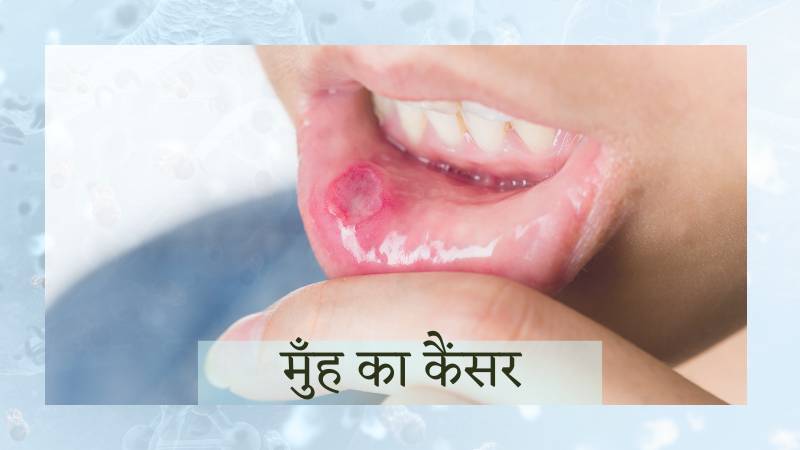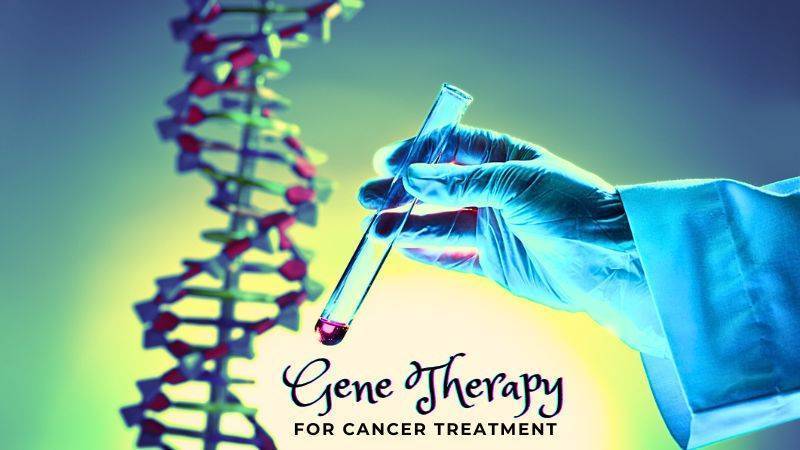What is Wheat Allergy | Symptoms | Causes | Risk Factors | Diagnosis | Treatment | Living without Wheat | FAQs |
When someone with a wheat allergy comes in contact with wheat, their body reacts to the wheat proteins. This reaction can range from a minor to a very serious one.
Wheat allergy is quite common in little kids and might affect around 1% of kids in the U.S. Research has shown that by the age of 12, two out of three kids who have a wheat allergy get over it. But, some people keep their wheat allergy for their whole life.
Let’s learn in-depth about Wheat Allergy, its causes, and how to get protection if your are allergic!
What is Wheat Allergy

Wheat allergy is an allergic reaction to foods containing wheat.
It is when your body gets upset by wheat proteins. When a person with a wheat allergy is exposed to wheat, proteins in the wheat bind to specific IgE antibodies made by the person’s immune system. This binding triggers the person’s immune defenses, leading to reaction symptoms that can be mild or very severe.
It is one of the most common childhood food allergies, but may also affect adults. It is not typically a condition a child will maintain for life, though some people remain allergic to wheat throughout their adulthood.
The immune system mistakenly sees wheat as a threat to the body and reacts against it.
Symptoms of Wheat Allergy
If you’re allergic to wheat, you’ll usually start to feel sick very soon after touching or eating it. You might get symptoms like other food allergies. These can include:
- A rash or red, itchy spots
- An itchy or sore mouth and throat
- Feeling sick to your stomach and throwing up
- Going to the bathroom a lot (diarrhea)
- A stuffy nose
- Watery or itchy eyes
- Having a hard time breathing
A really bad wheat allergy can cause a dangerous problem called anaphylaxis. This can make your throat swell up and your body might go into shock. Anaphylaxis is super serious and needs help from a doctor right away.
Causes of Wheat Allergy

If you’re allergic to wheat, your body will react if you come in contact with wheat proteins. Obvious foods with wheat are bread, pasta, and cereal.
But, wheat proteins can also hide in things you wouldn’t think of, like makeup, ketchup, and ice cream.
Here are some foods and items that could make someone with a wheat allergy feel sick:
- Bread, pasta, cakes, cookies, and muffins
- Breakfast cereals
- Couscous
- Farina, semolina, and spelt (these are types of wheat)
- Beer
- Soy sauce
- hydrolyzed vegetable protein (a food additive)
- Processed meats like hot dogs or sandwich meat
- Foods with breadcrumbs or batter
- Dairy products like ice cream
- candies like licorice, jelly beans, and hard candies
- Gelatinized starch and modified food starch (other food additives)
- Vegetable gum (another food additive)
If you spot any of these things on a product’s label, it might have wheat:
- Gelatinized starch
- Gluten or vital gluten
- Hydrolyzed vegetable protein
- Natural flavoring
- Starch, modified starch, modified food starch
- Vegetable gum or starch
Decorative items like wreaths and garlands might have wheat or things made from wheat. Some play dough for kids also has wheat.
Things you don’t eat, like shampoos, conditioners, lotions, and makeup, could have wheat too. Even though you’re not eating these things, ask your doctor if you should still avoid touching them.
For some people, their wheat allergy only acts up if they work out a few hours after eating wheat. This can make symptoms worse and is known as wheat-dependent exercise-induced anaphylaxis.
Who might get a Wheat Allergy
You’re more likely to have a wheat allergy if your family has lots of allergies, whether it’s to food or something else. If people in your family have allergies or diseases caused by allergies like asthma or eczema, you might be more likely to have a wheat allergy or be allergic to other foods.
Kids get wheat allergies more often than adults. According to the American College of Asthma, Allergy, and Immunology, about 65 out of 100 kids grow out of their wheat allergy by the time they’re teenagers.
How do doctors check if you have a Wheat Allergy
Your doctor will give you a check-up, ask about your health history, and do some tests to see if you’re allergic to wheat. Here are the tests you might get:
- Skin test: The doctor or nurse will put small drops of things that might cause allergies (like wheat proteins) onto your skin, usually on your arm or back. Then they’ll make tiny pricks in your skin. If you get a red, itchy bump, you might be allergic to wheat. After the test, your skin might be itchy and red.
- Blood test: If you can’t do the skin test because of a skin problem or because of medicines you take, the doctor might test your blood. They’re looking for things in your blood that your body makes when you’re allergic to something, like wheat proteins.
- Food challenge test: You’ll eat a small amount of food that might be causing your allergy while a doctor or nurse watches you for symptoms. You’ll start with a little bit and eat more over time.
The doctor might also ask you to do these things:
- Food diary: Write down everything you eat and when you start feeling sick.
- Elimination diet: Stop eating certain foods, usually the ones that cause allergies a lot. Your doctor will tell you how to slowly start eating these foods again and see if you start feeling sick.
How to Treat a Wheat Allergy
The best way to deal with a wheat allergy is to not eat or touch wheat proteins. This can be tricky because wheat is in a lot of things. The first step is to know where wheat might be and what you can use instead.
- Grains: Gluten is a wheat protein that can make you have an allergic reaction. It’s also in barley, rye, and oats. Your doctor can tell you if it’s safe for you to eat these grains.
- Flour: A lot of flours have wheat in them. But, you can often use rice flour, potato starch flour, corn flour, or soy flour as a substitute. You can try different ones to see which one you like best.
Your doctor might also give you medicine:
- Antihistamines can help with mild wheat allergy symptoms. You take these if you’ve eaten or been around wheat.
- Epinephrine is for emergencies when you have a really bad reaction to wheat called anaphylaxis. If you might have this kind of reaction, you might need to always carry two doses of epinephrine (with brand names like Adrenaclick or EpiPen) that you can inject into yourself. If you do have this kind of reaction, you need to get help from a doctor right away.
Living a Wheat-Free Lifestyle

If you’re allergic to wheat, you need to completely stop eating wheat to keep from getting really sick. Thankfully, there are lots of things you can eat if you can’t have wheat, both in stores and at restaurants.
You can eat fresh fruits, veggies, beans, and meats that aren’t packaged. Anything that says “gluten-free” on the package doesn’t have wheat.
You can also eat foods made from other grains, like:
- Corn
- Rice
- Quinoa
- Barley
- Rye
- Oats
Instead of regular flour, you can use flour made from soy, rice, corn, sorghum, tapioca, potato, or coconut.
In the United States, it’s a law that if a food product in a package has wheat in it, it has to clearly say so. But, this law doesn’t apply to things you don’t eat, like makeup or bath products.
So, if you’re very allergic to wheat, you need to carefully read the ingredients or ask the company that makes the product if you’re not sure.
Take Care of Yourself!
FAQs
Q1: What foods should I avoid if I have a wheat allergy?
A: If you have a wheat allergy, you should avoid eating foods that contain wheat like Bread, pasta, cereal, Foods coated with breadcrumbs, like fried chicken and fish sticks, Some dairy products, like ice cream and yogurt, may contain wheat in flavorings or thickeners, Beer and some other alcoholic beverages that are made with wheat etc.
Q2: What can I eat if I have a wheat allergy?
A: If you have a wheat allergy, you can eat:
- Fresh fruits and vegetables
- Unprocessed meat and poultry
- Most dairy products (watch out for flavored ones)
- Wheat-free grains like quinoa, rice, and corn
- Beans, lentils, and peas
- Nuts and seeds
- Gluten-free products
- Use flour substitutes like almond, coconut, or rice flour for cooking and baking.
Always read labels to make sure foods are wheat-free.
Q3: Is a wheat-free diet healthy?
A: Yes, a wheat-free diet can be healthy if it is well-balanced and includes a variety of foods from all food groups.
Q4: What does “gluten-free” mean on a food label?
A: “Gluten-free” on a food label means the product doesn’t contain gluten, a protein found in wheat, barley, and rye. It’s safe for people with wheat allergy, celiac disease, or gluten intolerance. The label is regulated by food safety authorities in many countries.
Q5: How is wheat allergy different from celiac disease and gluten intolerance?
A: Wheat allergy involves an immune response to wheat proteins, leading to symptoms like hives or breathing problems. Celiac disease is an autoimmune disorder triggered by gluten (found in wheat), causing damage to the small intestine. Gluten intolerance (non-celiac gluten sensitivity) involves digestive issues caused by gluten but doesn’t damage the intestine or involve an immune response.
Q6: What do I do in case of an emergency, such as a severe allergic reaction to wheat?
A: If you have a severe allergic reaction to wheat, use your epinephrine auto-injector (if you have one), and seek immediate medical attention or call emergency services.
Also Read






